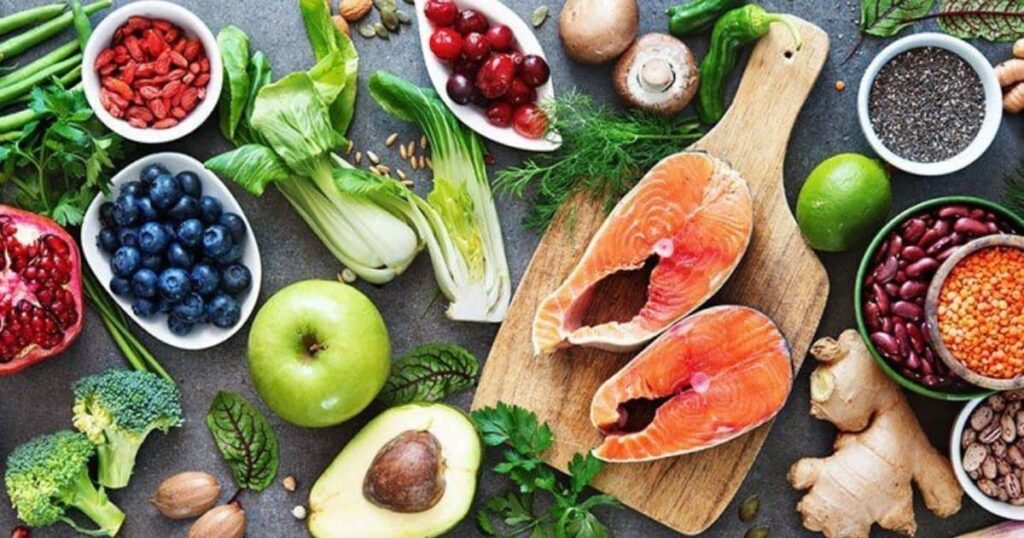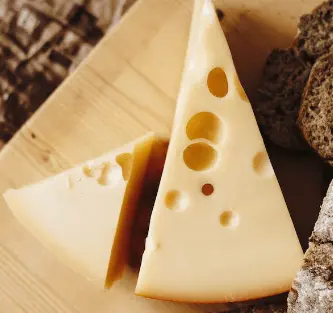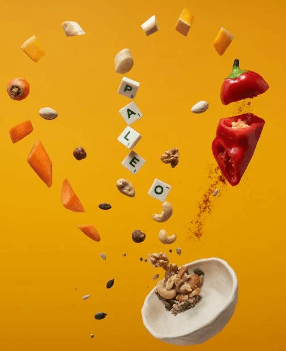You might have heard of the paleo diet, also called the caveman diet, hunter-gatherer diet, or stone-age diet, and wondered what it was all about. Here’s everything you need to know about the paleo diet: why it works, who should follow it, and how to do it successfully.
You’ll find out why cutting grains and legumes from your diet can help you lose weight and feel healthier without having to starve yourself.
What is the Paleo diet?
The Paleo diet is based on the foods that were eaten by humans in the Paleolithic era. As such, the paleo diet includes meat, fish, shellfish, eggs, vegetables, fruit, and nuts. Grains (including wheat), dairy products (including milk and cheese), legumes (including beans and peanuts), and processed oils are not allowed.
The belief behind this dietary lifestyle choice is that our bodies have not evolved significantly since the time of our caveman ancestors and therefore, we are able to maintain health by eating the same types of foods they ate.

This may sound like a very strict diet but there is actually quite a bit of variety as long as you stick with these guidelines. For example, different types of seafood can be substituted for each other if desired.
Vegetables can be swapped out for fruits or other types of veggies if desired. While dairy is not permitted many people find they do just fine without it so it’s up to you whether or not to include it in your diet if you want to give paleo a try.
Foods to avoid in the paleo diet
There are many foods that you should avoid in order to live a healthy lifestyle. Some of the most common food products to avoid are processed meats, refined grains, white sugar, high fructose corn syrup, and dairy products.
- The first item is processed meats. Processed meat refers to any meat that has been preserved through salting or smoking, or with the addition of preservatives such as nitrates.
- The second product is refined grain which is anything made from wheat flour like pasta and bread. White sugar would be an example of another product to avoid on a paleo diet. High fructose corn syrup falls into this category as well because it is typically found in sodas and other beverages.
- Dairy products are also among the items to avoid when following a paleo diet. Dairy causes inflammation for many people who suffer from certain health conditions including irritable bowel syndrome (IBS) and celiac disease. Milk contains casein protein which can cause pain for those with sensitivities to gluten.
- Cheese contains lactose, which can cause digestive problems for people who have difficulty digesting milk sugars. It’s important to note that there is nothing wrong with these foods if they don’t bother your body.

What to eat on the paleo diet
Eating on the paleo diet means eating whole foods that have not been processed or refined. As a general rule, you should only eat anything that would have existed at some point in history before the development of agriculture.
This means no grains, legumes, dairy, or refined sugars. Instead, you’re encouraged to eat fresh fruits and vegetables, lean meats, eggs, and nuts. It’s also important to drink plenty of water every day. The recommended amount is eight 8-ounce glasses per day.
With this plan, it’s very difficult to go wrong because everything is either good or okay. To make it easier for those who are new to paleo eating, here are three good meal ideas for breakfast:

- Hard-boiled egg with avocado slices
- Spinach salad with chicken breast strips
- Smoothie made from banana and berries Keeps reading to learn about other things you’ll want to eat on the paleo diet!
In addition to all of these nutritious food choices, there are many other delicious options available. Many people recommend snacking throughout the day, as it helps regulate your blood sugar levels and keep cravings away.
Try cooking up a batch of crispy baked pork rinds for an easy afternoon snack. Another popular choice is roasted almonds which can be easily transported anywhere you need them!
How do I get started with Paleo?
Here are a few simple steps to get started with Paleo:
- Eliminate processed foods from your diet. This includes all refined sugars, alcohol, grains, and legumes.
- Eat plenty of vegetables and fruit. A good rule of thumb is the more color variations on your plate, the better.
- Limit your intake of dairy products or eliminate them entirely. Dairy can be difficult for some people because it contains lactose that isn’t easily digested by everyone. Dairy also contains many inflammatory properties like casein.
- Eat healthy fats in place of unhealthy ones like vegetable oils or margarine. Good fats include coconut oil, olive oil, butter (grass-fed if possible), and avocado oil.
- Exercise! One great way to do this is by incorporating high-intensity interval training into your routine at least 3 times per week for 20 minutes at a time.
Side effects paleo diet
Increased risk for developing kidney stones, nephrolithiasis, and gout due to a high intake of animal protein. Severe constipation from not eating enough fiber. Muscle loss from inadequate carbohydrate consumption.

Increased risk for heart disease as well as type 2 diabetes due to an excess intake of saturated fat in the diet. Poor gut health and an imbalance in gut bacteria lead to bloating, irritable bowel syndrome (IBS), or ulcerative colitis. Due to the low-carbohydrate content of this diet, you are more likely to feel dizzy or lightheaded than with other diets because of decreased blood sugar levels and dehydration.
FAQs about the Paleo Diet
Is it healthy?
Yes, the Paleo Diet is a diet that focuses on whole, nutrient-dense foods and encourages an active lifestyle. It’s been shown to promote weight loss, reduce the risk of chronic illnesses such as heart disease and type 2 diabetes, and improve physical performance.
What foods can I eat on this diet?
As long as you’re eating whole, unprocessed foods then you’re allowed to eat anything! From meat, fish, and seafood to fruits, vegetables, nuts, and seeds. Some common Paleo diet staples include:
- grass-fed beef
- pasture-raised poultry
- wild-caught fish
- eggs from pastured hens
- fresh fruit (such as apples) – fresh veggies (such as broccoli)
- good quality fats (such as olive oil or coconut oil)
- raw nuts and seeds
What else should I know before starting the Paleo Diet?
There are a few things to consider when starting the diet, including making sure your body has time to adjust by gradually adding new foods over 7 days. The best thing you can do for your body when making these changes is to drink plenty of water. And if you have any doubts about whether something fits in with the Paleo diet, consult with a registered dietitian.
Conclusion
There are many different interpretations of what it means to eat a paleo diet, but the core principles are the same: consume only foods that would have been available and eaten by our hunter-gatherer ancestors. This includes meats, fish, eggs, fruits, and vegetables. Legumes and grains should be avoided as much as possible.
If you’re considering going paleo for your health or weight loss goals, consider consulting with a doctor or nutritionist first. Make sure there is no underlying medical condition that could be impacted by this change in diet, and that it’s safe for you to do so based on your age, current medications, and any allergies.
